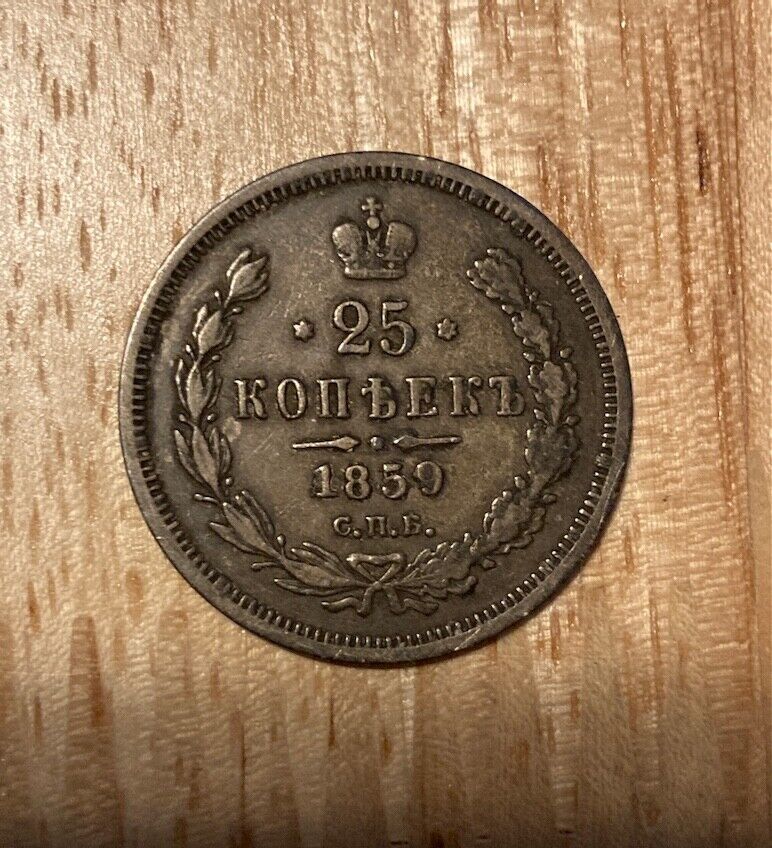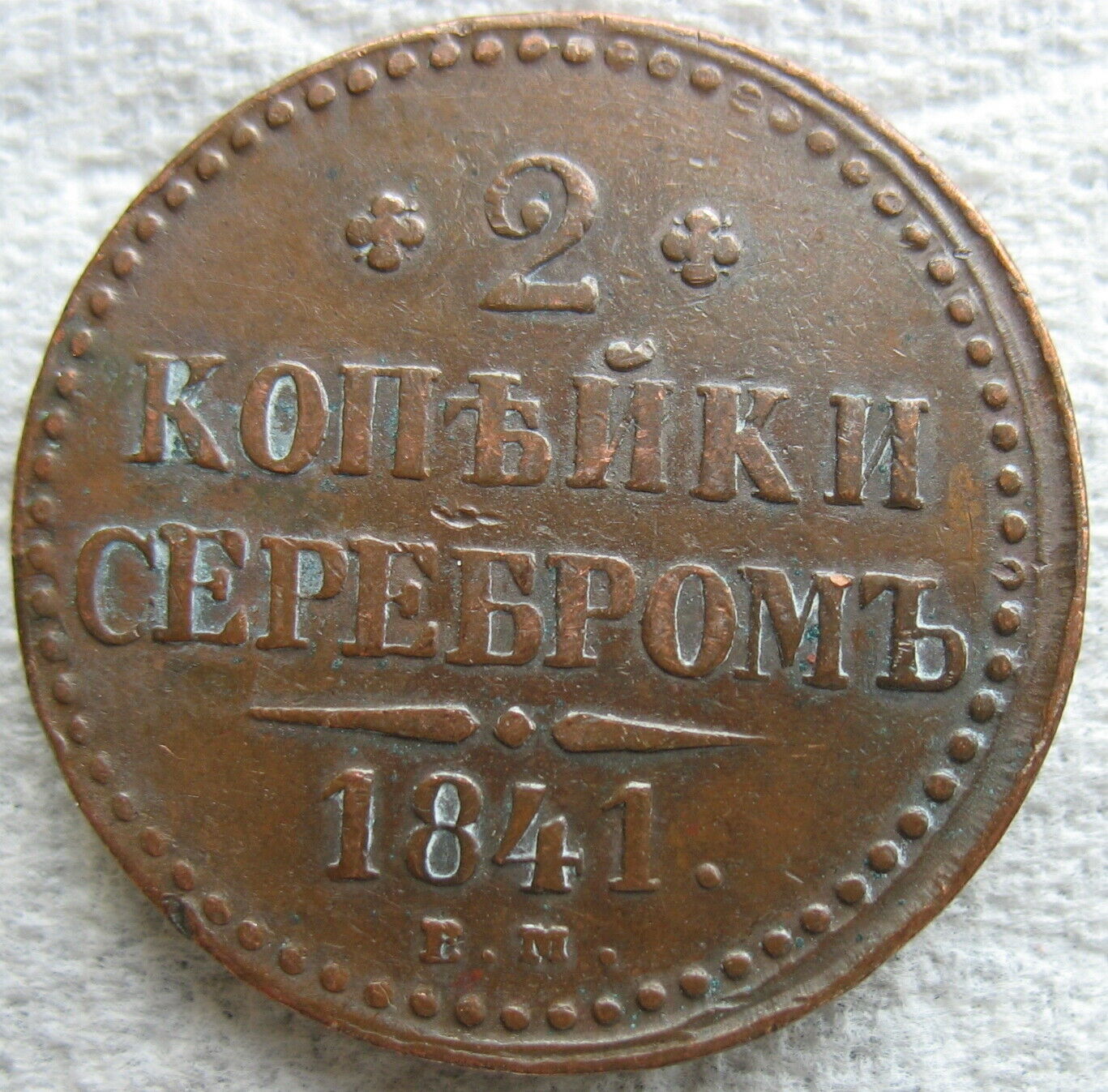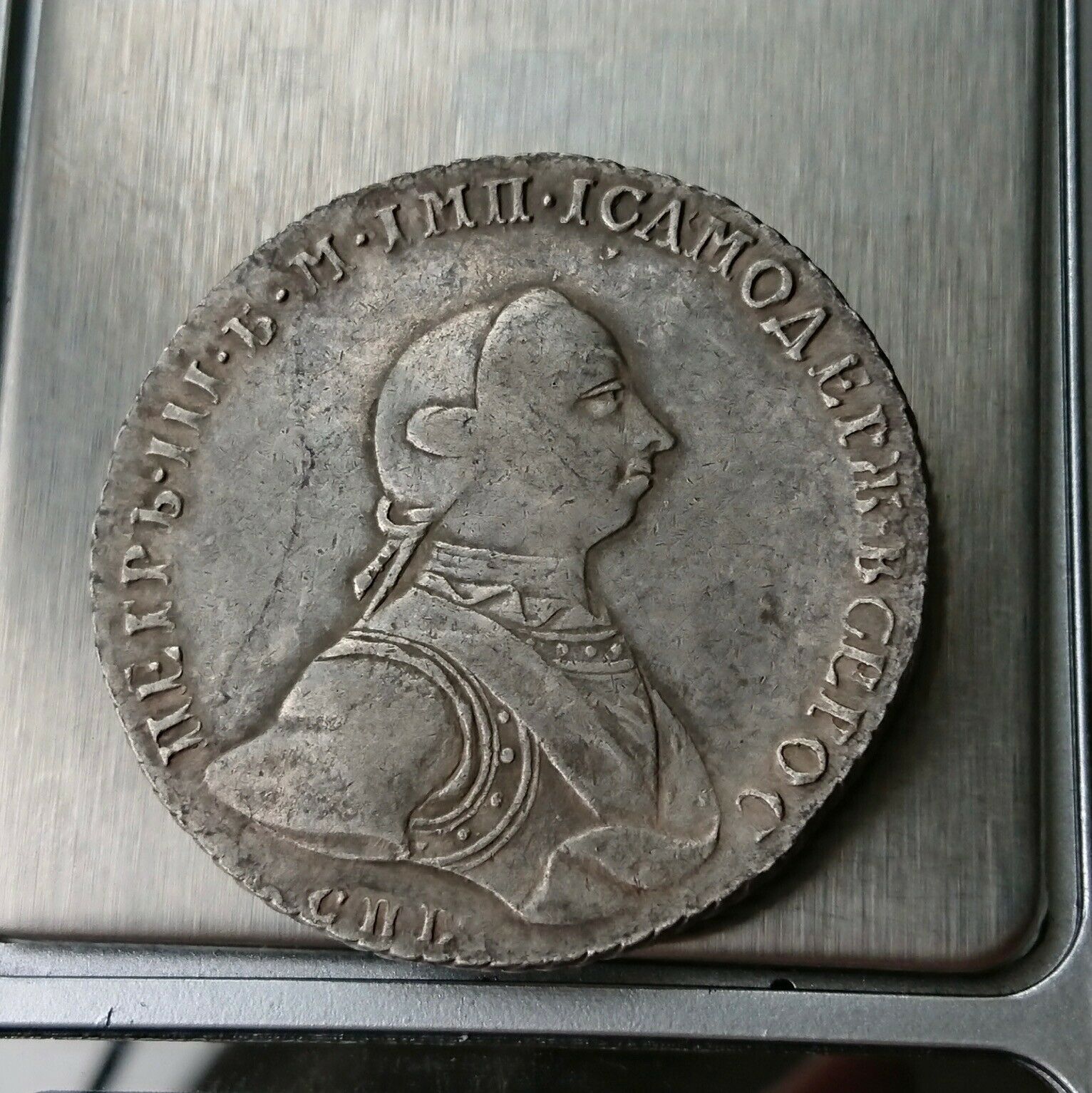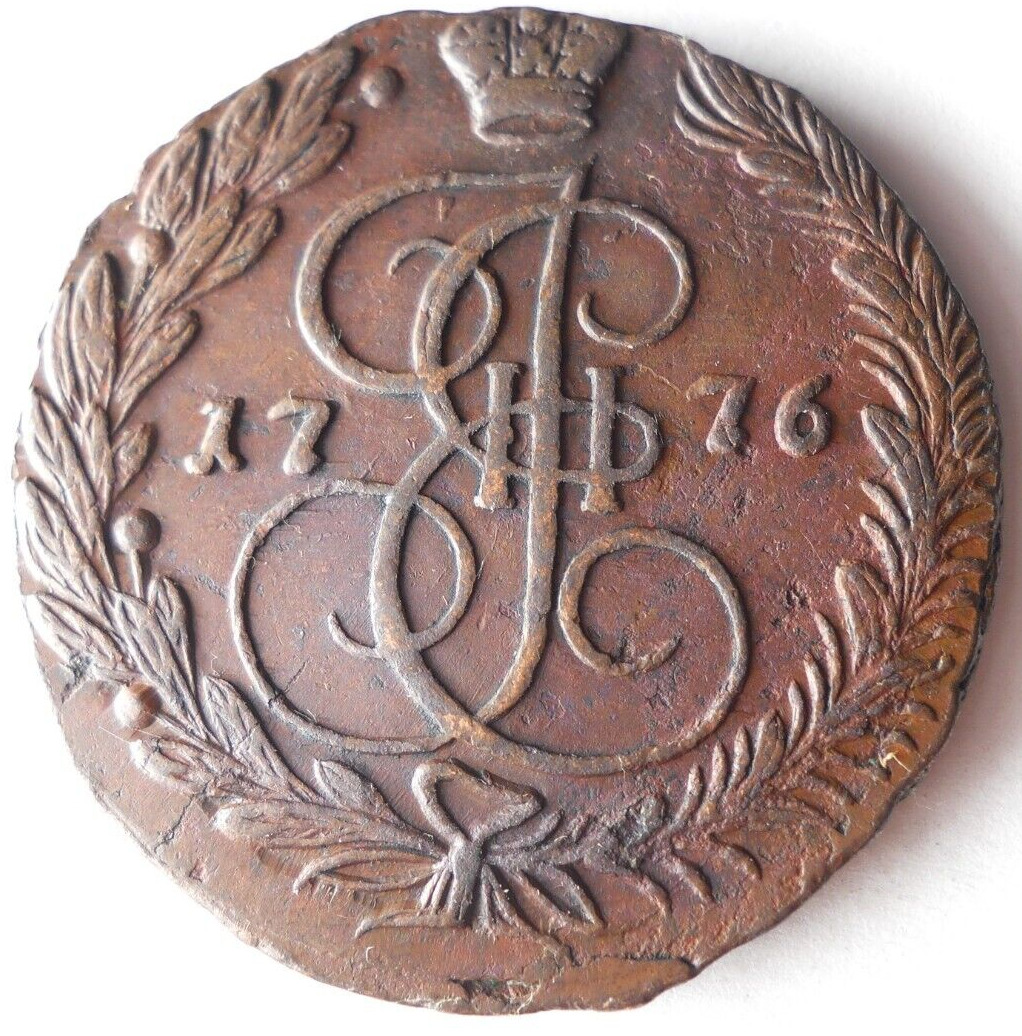-40%
5 kopeks 1777 double headed eagle Coin CATHERINE II the GREAT Antique Russian
$ 92.4
- Description
- Size Guide
Description
5 kopeks 1777 double headed eagle Coin CATHERINE II the GREAT Antique Russian54 grams copper
Large coin
rare authetic ancient coin!
In heraldry and vexillology, the double-headed eagle (or double-eagle) is a charge associated with the concept of Empire.
Most modern uses of the symbol are directly or indirectly associated with its use by the Byzantine Empire, whose use of it represented the Empire's dominion over the Near East and the West. The symbol is much older, and its original meaning is debated among scholars. The eagle has long been a symbol of power and dominion.
The double-headed eagle or double-eagle is a motif that appears in Mycenaean Greece and in the Ancient Near East, especially in Hittite iconography.
It re-appeared during the High Middle Ages, from around the 10th or 11th centuries, and was notably used by the Byzantine Empire, but 11th or 12th century representations have also been found originating from Islamic Spain, France and the Serbian principality of Raška.
From the 13th century onward, it became even more widespread, and was used by the Seljuk Sultanate of Rum and the Mamluk Sultanate within the Islamic world, and within the Christian world by the Holy Roman Empire, Serbia, several medieval Albanian noble families and Russia.
Catherine II (born Sophie of Anhalt-Zerbst; 2 May 1729 – 17 November 1796), most commonly known as Catherine the Great, was Empress of Russia from 1762 until 1796—the country's longest-ruling female leader. She came to power following a coup d'état that overthrew her husband, Peter III. Under her reign, Russia was revitalised; it grew larger and stronger, and was recognised as one of the great powers of Europe.
The period of Catherine the Great's rule, the Catherinian Era, is considered the Golden Age of Russia. The Manifesto on Freedom of the Nobility, issued during the short reign of Peter III and confirmed by Catherine, freed Russian nobles from compulsory military or state service.
Construction of many mansions of the nobility, in the classical style endorsed by the empress, changed the face of the country. She enthusiastically supported the ideals of the Enlightenment and is often included in the ranks of the enlightened despots.As a patron of the arts, she presided over the age of the Russian Enlightenment, including the establishment of the Smolny Institute for Noble Maidens, the first state-financed higher education institution for women in Europe.












